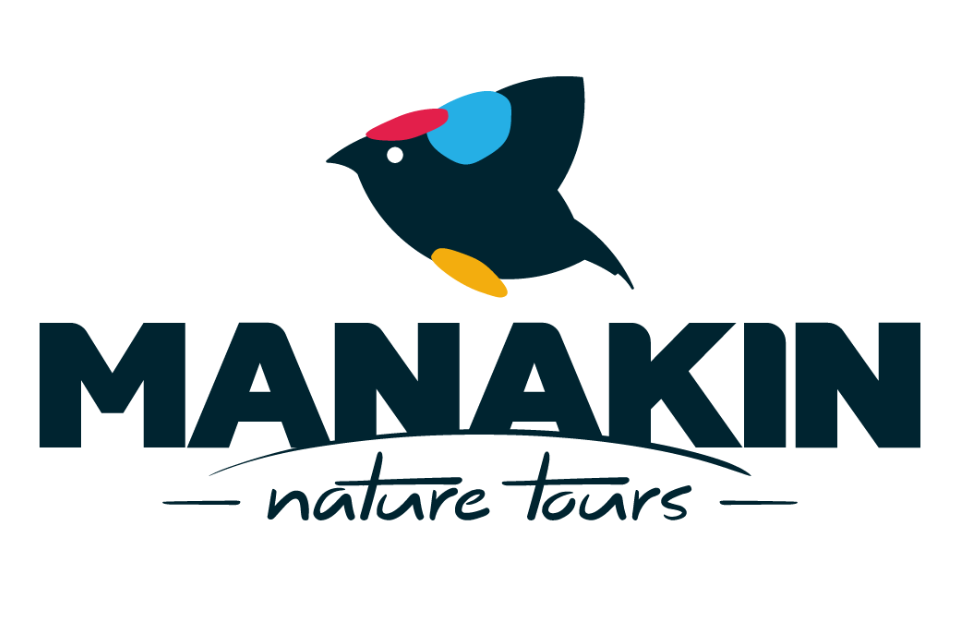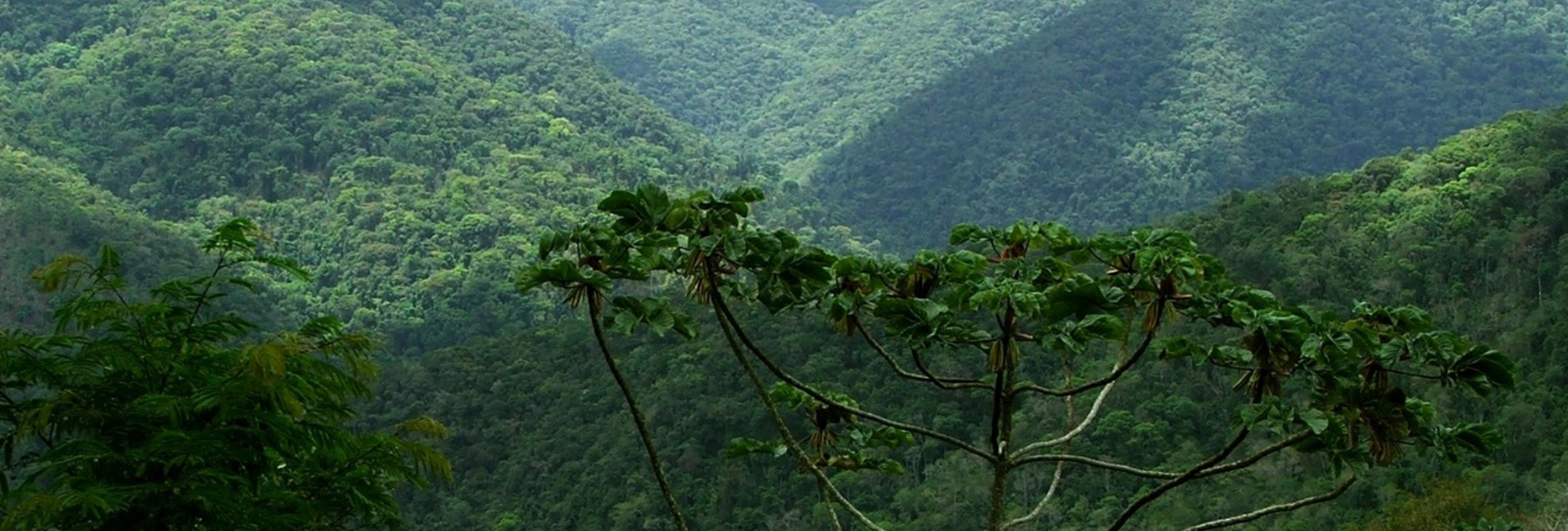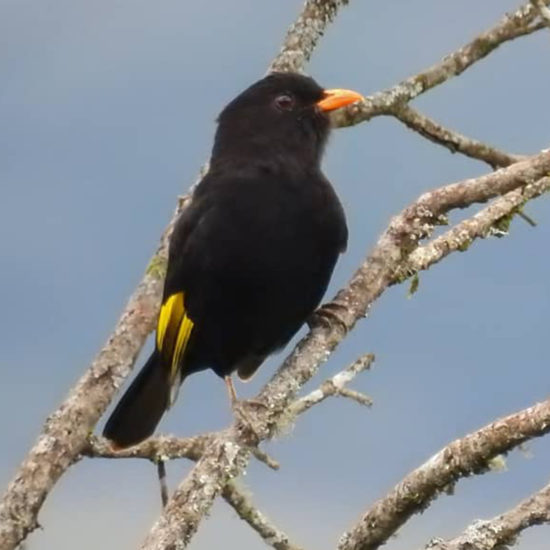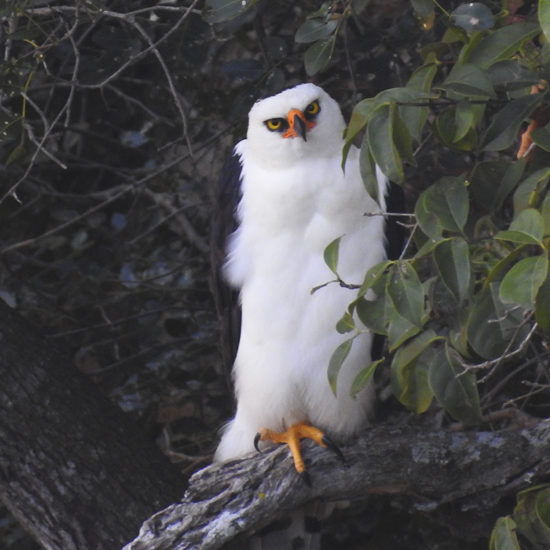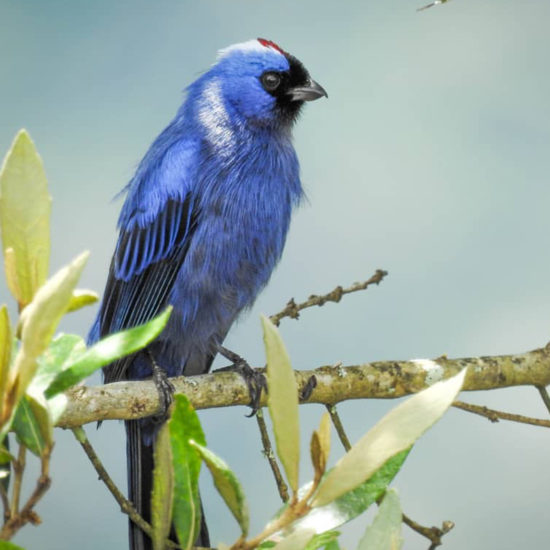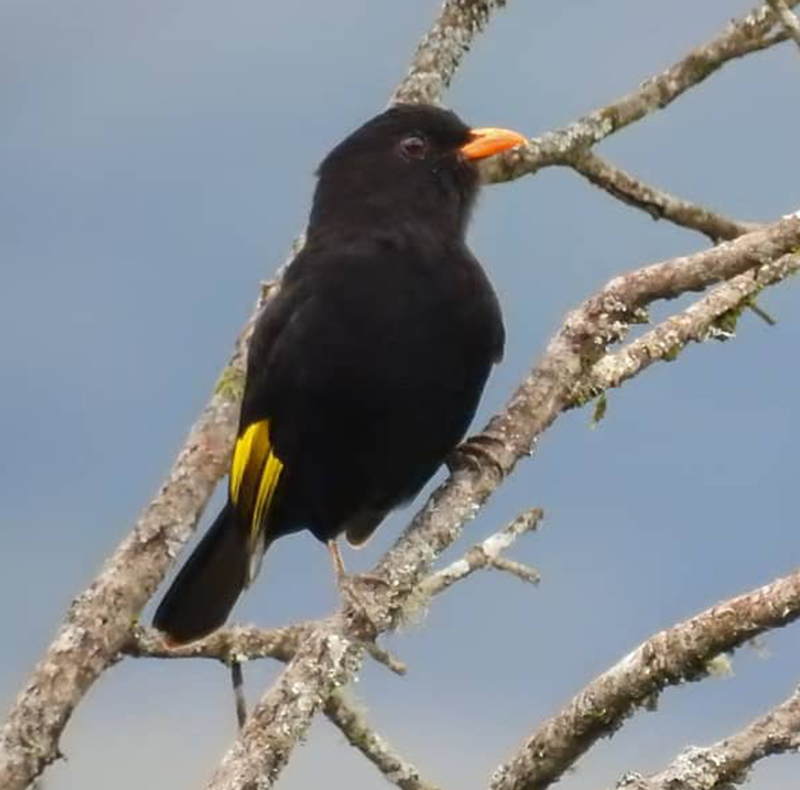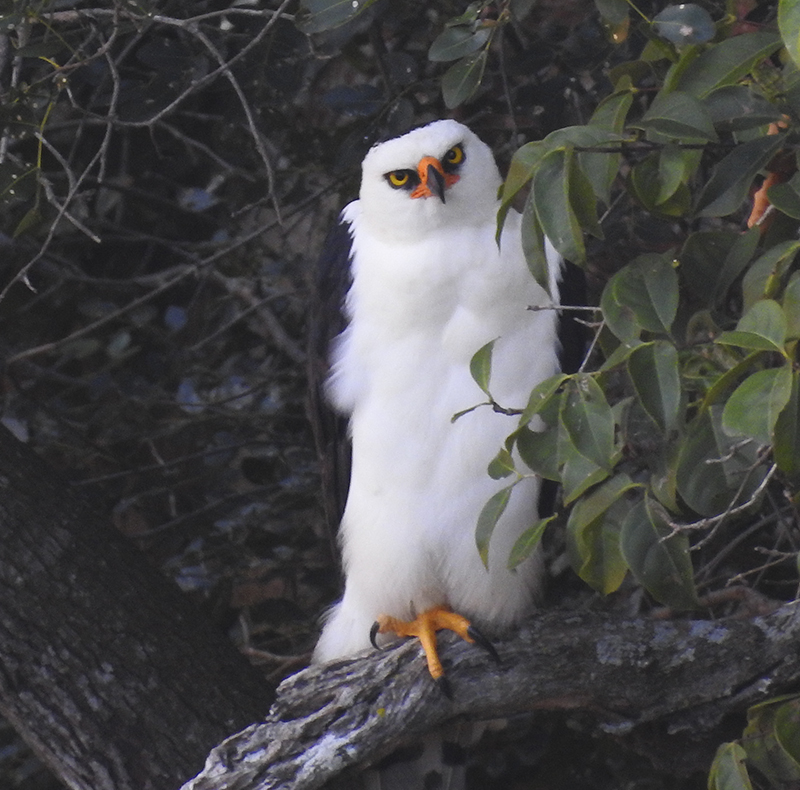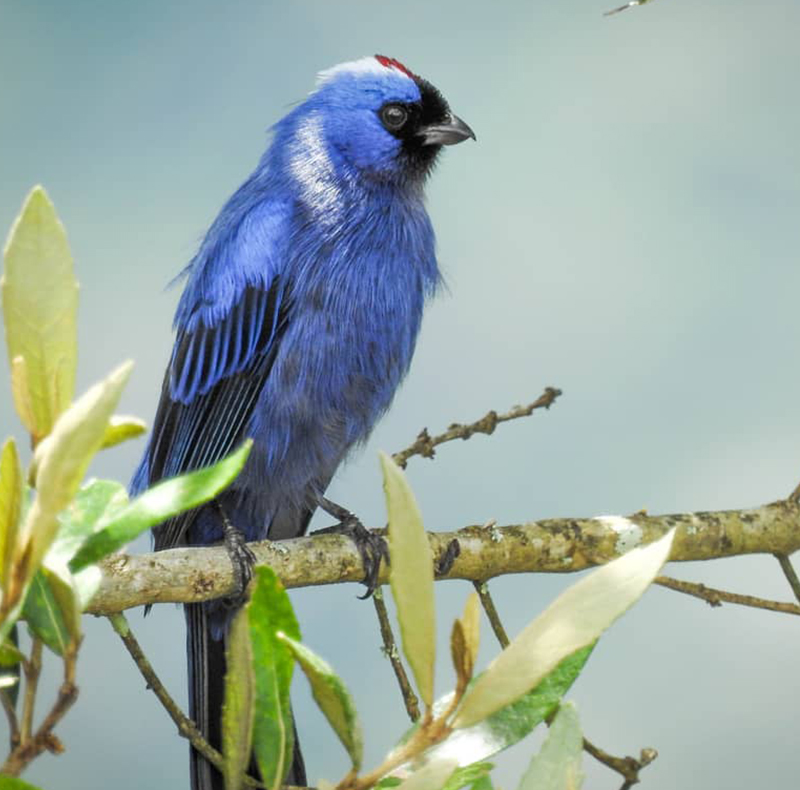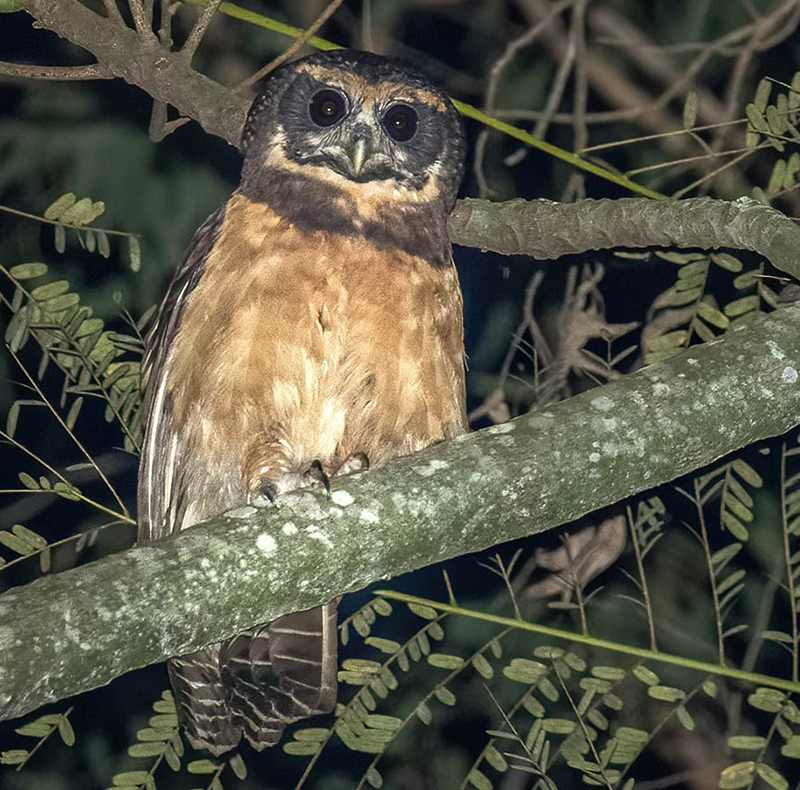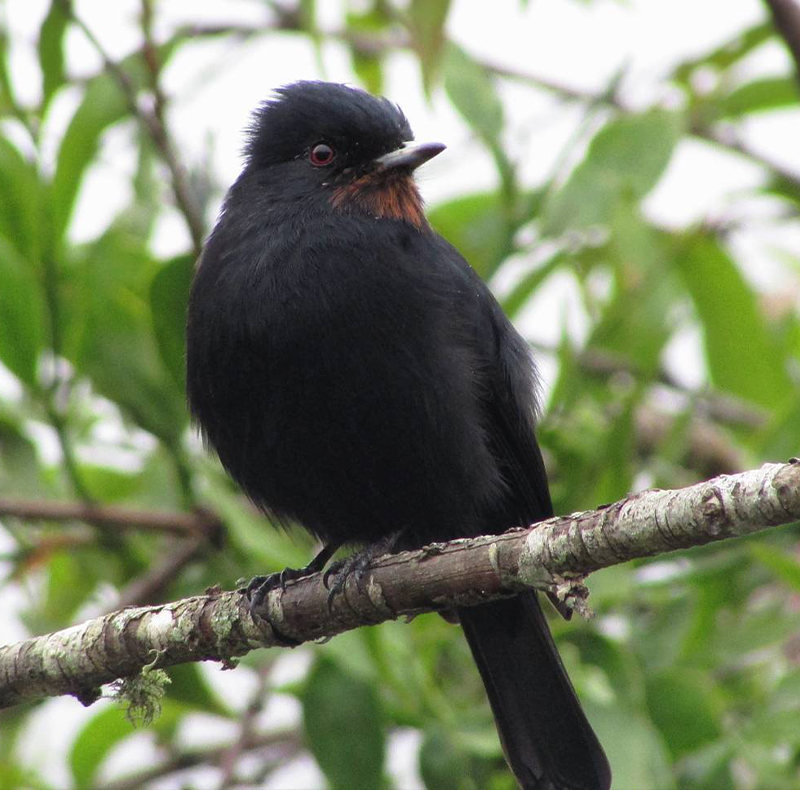Brazilian Atlantic Forest – From Rio de Janeiro to Santa Catarina
The Atlantic Forest is one of the largest tropical forests on the planet. It once spanned over nearly 1,400,000 km2 (540,540 sq. mi.) of Brazil’s eastern coast – an area first colonized by Portuguese explorers back in the 1500s. Some reports from that time depict this place as vast, humid broad-stripe of forest running along the coast, hosting an impressive diversity of wildlife. More than 75% of this habitat was originally pure forest, loosely-spattered with patches of scrubland, montane rocky grasslands and mangrove swamps, and fringed by moist, broadleaved Restinga forest along the coast.
The Atlantic Forest stands alone as a unit, and it is not connected to the Amazon and the Andean forests – the other two large South American forest stands. Thriving in isolation in a territory boasting a considerable environmental diversity, the Atlantic Forest’s unique animals and plants evolved accordingly, diversifying widely and yielding numerous endemic species. Birds are no exception to this rule here, and birding the Atlantic Forest is, by all means, a most rewarding experience for those who enjoy finding new, rare species.
One of these regions, Serra do Mar, stands out for its great biodiversity, especially in the state of Rio de Janeiro, where the concentration of endemic and threatened bird species is remarkable. It is here where Itatiaia, Brazil’s first national park, was established in 1937. This is a place that we will explore thoroughly, as it hosts three important habitats.
South of Itatiaia, we will bird the Lowland Atlantic Forest around Ubatuba, where a different habitat called Restinga thrives on coastal sandy soils. Formed by a combination of humid forests with tall trees and sandy coastal thickets growing next to the Atlantic coast, the Restinga is a unique, flat habitat constantly threatened by human settlement and urbanization, ever since the first European explorers arrived in Brazil.
With the compass pointing due south, our journey continues, reaching Serra do Mar once again. Our next birding hotspot is Intervales State Park, this reserve has been included in UNESCO’s list of Natural World Heritage Sites since 1999. Intervales spans over a territory of 1,417 km2 (103,000 acres), sitting on a 1,000 metres (3,300 feet) high escarpment at the highest part of Serra do Mar, This remote area is considered one of Brazil’s best birding locations. The Park sits within Serra do Mar, in the Continuum de Paranapiacaba, a mountain range that starts running south of Sao Paulo and connects with other protected areas, like Carlos Botelho State Park.
Our birding adventure continues south towards the State of Paraná, and up to highlands of Curitiba. Nestled between the remnants of Serra do Mar and the interior of the country, Curitiba fosters colder weather conditions, allowing for habitats like upland grasslands to thrive, providing shelter to birds like the impressive Sickle-winged Nightjar.
But there’s still one more hotspot left before our birding adventure ends – the southernmost one in our trip: Volta Velha Reserve. Sitting just across Serra do Mar, in the lowlands of the State of Santa Catarina and surrounded by palm plantations, this small 8.75 km2 (2,162-acre) private reserve hosts a well-preserved patch of Atlantic Forest, home to several range-restricted birds. No main birding hotspot in the area has been left out of the itinerary. Join us on a birding adventure of a lifetime exploring Brazil’s fantastic Atlantic Forest!
Key Species
| Atlantic Royal Flycatcher |
| Azure Jay |
| Bare-throated Bellbird |
| Bay-chested Warbling Finch |
| Black-and-gold Cotinga |
| Black-backed Tanager |
| Black-capped Piprites |
| Black-capped Screech-Owl |
| Black-cheecked Gnateater |
| Black-fronted Piping Guan |
| Black-hooded Antwren |
| Black-legged Dacnis |
| Blue-bellied Parrot |
| Blue-winged Macaw |
| Brassy-breasted Tanager |
| Brazilian Ruby |
| Brazilian Tanager |
| Brown Tanager |
| Brown Tinamou |
| Brown-breasted Bamboo Tyrant |
| Buff-bellied Puffbird |
| Buff-fronted Owl |
| Buff-throated Purpletuft |
| Buff-throated Warbling Finch |
| Buffy-fronted Seedeater |
| Canebrake Groundcreeper |
| Chestnut-backed Tanager |
| Cinnamon-vented Piha |
| Crescent-chested Puffbird |
| Crested Black Tyrant |
| Cryptic Antthrush |
| Diademed Tanager |
| Dusky-legged Guan |
| Dusky-tailed Antbird |
| Dusky-throated Hermit |
| East Brazilian Pygmy Owl |
| Eye-ringed Tody-Tyrant |
| Festive Coquette |
| Fork-tailed Tody-tyrant |
| Frilled Coquette |
| Golden-winged Cacique |
| Gray-capped Tyrannulet |
| Green-billed Toucan |
| Green-crowned Plovercrest |
| Green-headed Tanager |
| Half-collared Sparrow |
| Helmeted Woodpecker |
| Hooded Berryeater |
| Itatiaia Spinetail |
| Kaempfer’s Tody-Tyrant |
| Large-tailed Antshrike |
| Long-tufted Screech Owl |
| Magpie Tanager |
| Magrove Rail |
| Mantled Hawk |
| Marsh Antwren |
| Marsh Tapaculo |
| Mottled Piculet |
| Mouse-colored Tapaculo |
| Ochre-rumped Antbird |
| Olive-green Tanager |
| Orange-breasted Thornbird |
| Orange-eyed Thornbird |
| Ornate Hawk Eagle |
| Oustalet’s Tyrannulet |
| Pale-browed Treehunter |
| Pileated Parrot |
| Pileated Parrot |
| Pin-tailed Manakin |
| Purple-crowned Plovercrest |
| Restinga Tyrannulet |
| Rufous-backed Antvireo |
| Rufous-breasted Leaftosser |
| Rufous-capped Antthrush |
| Rufous-capped Motmot |
| Rufous-tailed Antbird |
| Rufous-thighed Hawk |
| Rufous-thighed Kite |
| Rufous-thighed Kite |
| Russet-winged Spadebill |
| Rusty-barred Owl |
| Rusty-breasted Nunlet |
| Saffron Toucanet |
| São Paulo Tyrannulet |
| Saw-billed Hermit |
| Scaled Antbird |
| Scaled Chachalaca |
| Serra do Mar Tyrannulet |
| Serra do Mar Tyrant-Manakin |
| Sharpbill |
| Sharp-billed Treehunter |
| Short-tailed Antthrush |
| Sickle-winged Nightjar |
| Silky-tailed Nightjar |
| Slaty Bristlefront |
| Slaty-breasted Wood Rail |
| Solitary Tinamou |
| Solitary Tinamou |
| Speckle-breasted Antpitta |
| Spot-breasted Antvireo |
| Spotted Bamboowren |
| Spot-winged Wood Quail |
| Squamate Antbird |
| Star-throated Antwren |
| Such’s Antthrush |
| Swallow-tailed Cotinga |
| Temminck’s Seedeater |
| Unicolored Antwren |
| Uniform Finch |
| Variegated Antpitta |
| Versicolored Emerald |
| Violet-crowned Woodnymph |
| White-bearded Antshrike |
| White-breasted Tapaculo |
| White-browed Foliage-gleaner |
| White-chinned Sapphire |
| White-collared Foliage-Gleaner |
| White-necked Hawk |
| White-throated Hummingbird |
| Yellow-browed Woodpecker |
| Yellow-legged Tinamou |
Highlights
-
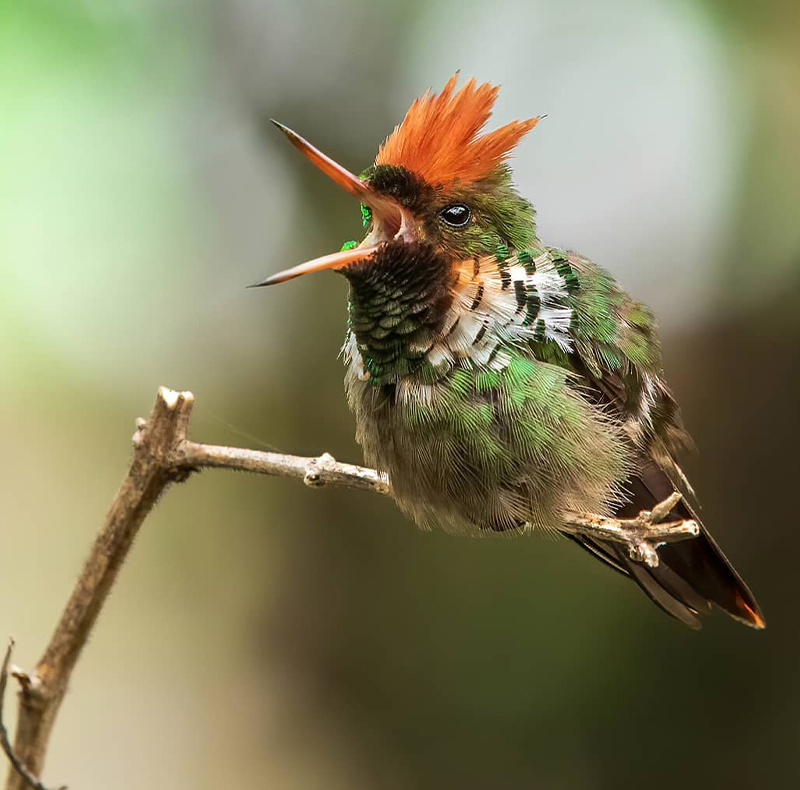
Mata Atlântica is one of the places with the greatest biodiversity and endemism in the world, a dream for naturalists and bird watchers, a little more than 560 endemic species among mammals, birds, amphibians and reptiles
-
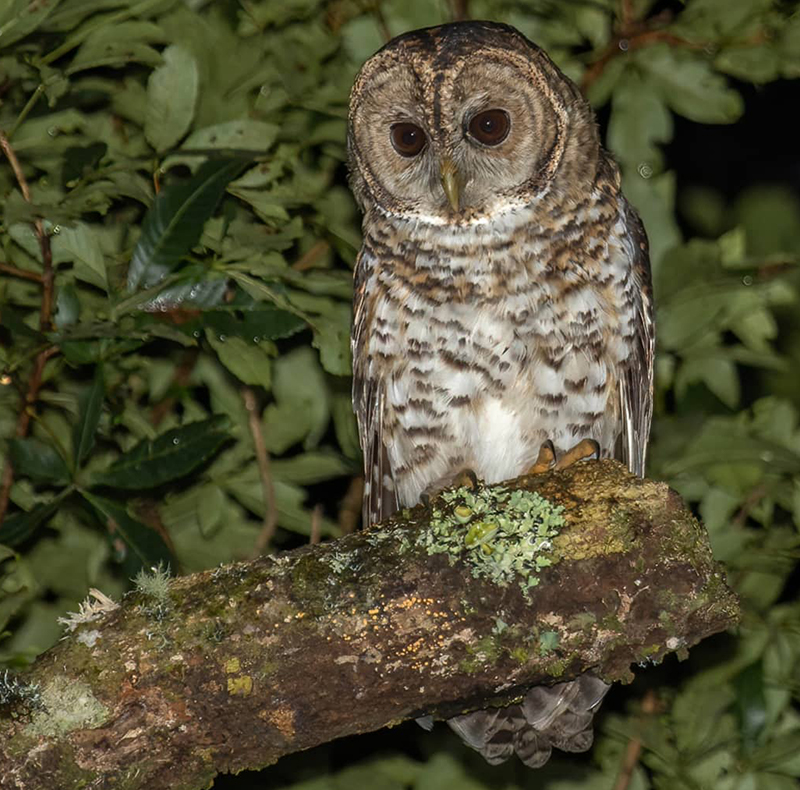
It is one of the places with the highest number of tree species per hectare, 453 species
-
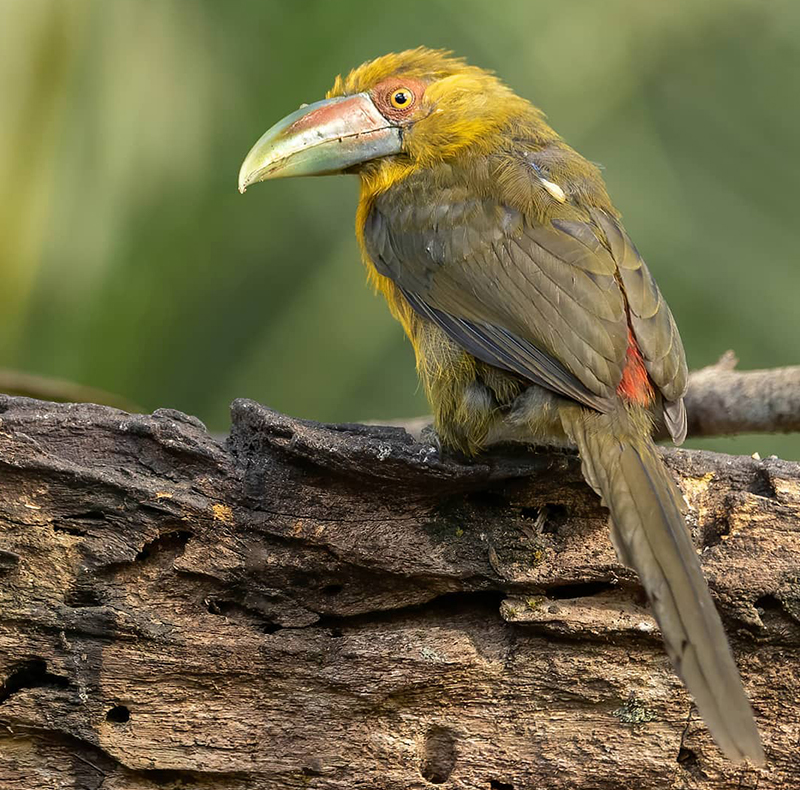
This region is home to about 2% of all vertebrate species on the planet
-
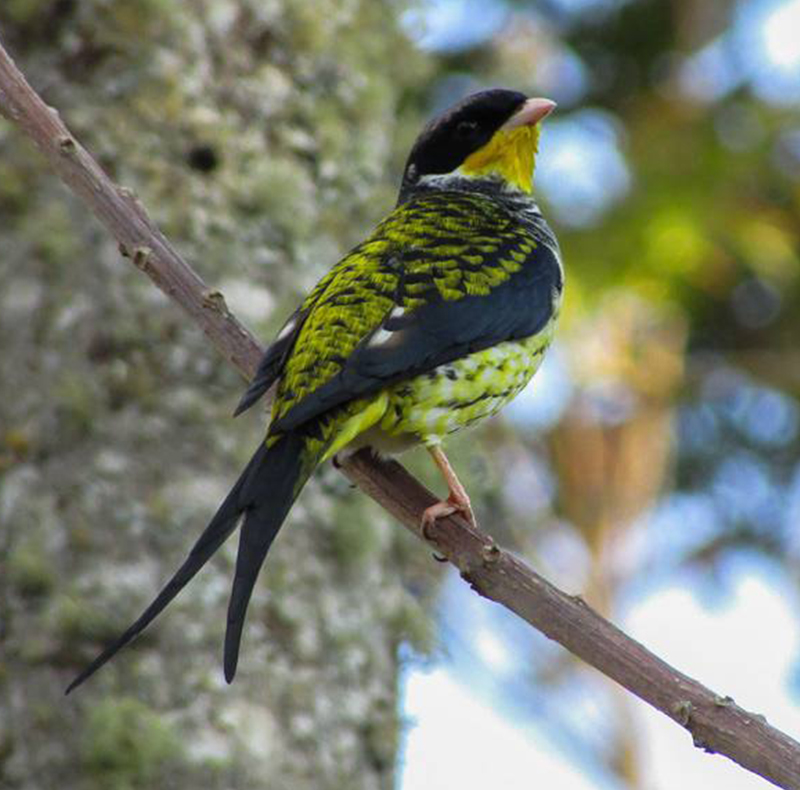
70% of the Brazilian population lives in the Atlantic Forest domain area, which maintains the springs and springs that supply the cities and communities of the interior, regulates the climate (temperature, humidity, rainfall) and houses traditional communities, including Indigenous villages
-
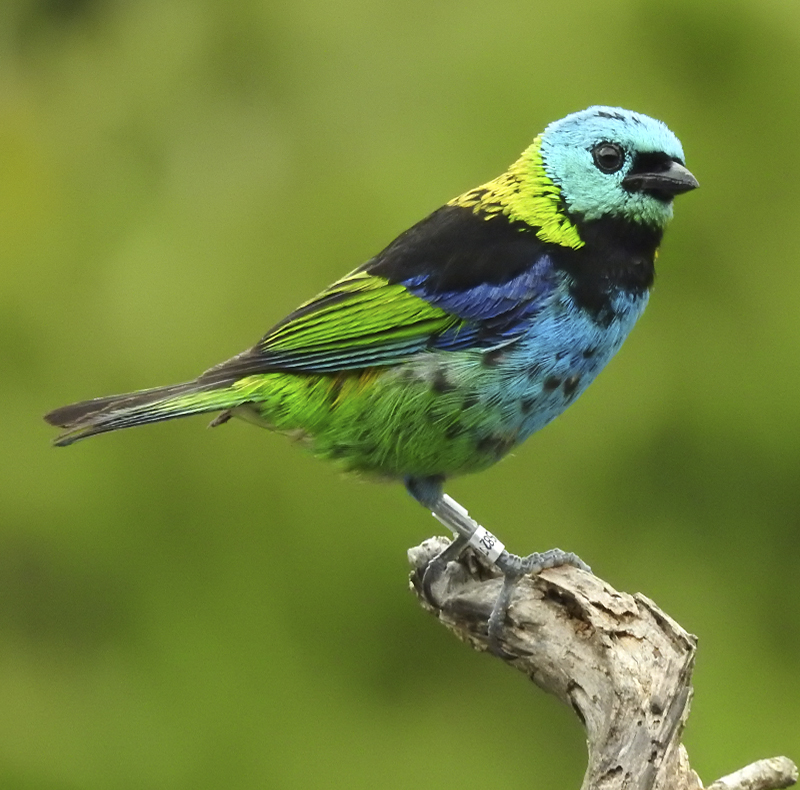
We will visit the Intervales Forest, one of the places with the largest number of endemic species of birds on the planet
- Destination
-
Departure
Departure / Return Location Aeropuerto Internacional São Paulo-Guarulhos - IATA: GRU, OACI: SBGR
Day 1. São Paulo to Itatiaia National Park
Day 1. Arrival in São Paulo (Guarulhos) and transfer to Itatiaia National Park
Day 2. Birding the lower part of Itatiaia National Park
Day 3. Birding the upper part of Itatiaia National Park
Day 4. Itatiaia National Park to Ubatuba (coast line)
Day 5. Birding the lowland Atlantic Forest in Ubatuba
Day 6. Birding the lowland Atlantic Forest in Ubatuba
Day 7. Ubatuba to Tapiraí
Day 8. Birding Tapiraí montane habitat
Day 9. Tapiraí to Cananéia
Day 10. Iporanga to Intervales State Park
Day 11. Birding at Intervales State Park
Day 12. Birding at Intervales State Park
Day 13. Birding at Intervales State Park
Day 14. Intervales to Curitiba
Day 15. Curitiba to Itapoá
Day 16. Birding at Volta Velha Reserve
Day 17. Itapoá to Curitiba

